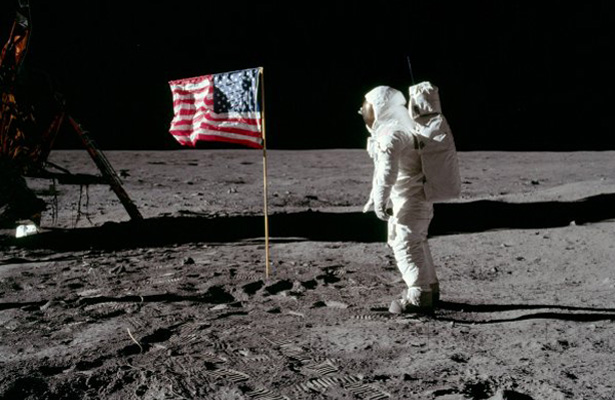We Built This City On Lunar Regolith And Roll!

If you’re going to build a house, you need to know what type of material you’re building the foundation on. That’s been a problem for those designing structures for the moon, or even remote parts of our planet. Now researchers have developed a way to determine how the ground at remote sites will interact with building foundations using very small samples of soil.
Traditionally, construction engineers run a variety of tests on a building site to make sure the building won’t sink into the ground, tip over, or run into any other problems that could stem from a rocky (pun intended) relationship between the soil and the building’s foundation. But those tests involve a lot of equipment, which can’t easily (or cheaply) be transported to the moon. Or even to far flung corners of the Earth.
But getting a small sample of lunar regolith, or moon soil, is possible. So researchers at NC State have come up with a technique for applying computer models that can use a tiny sample to tell us about the potential interface between moon soil and anything you’d want to build.
The same technique could be used on terra firma, by folks planning to build remote research stations or military outposts.
The research is being presented Oct. 13, at the 35th Annual Conference on Deep Foundations in Hollywood, Calif.
Of course, it might be a while before we put another man on the moon – much less a house.


